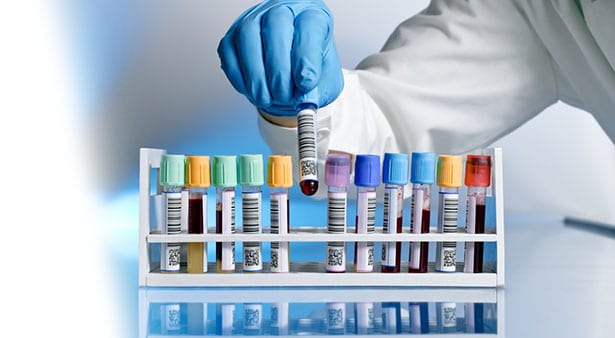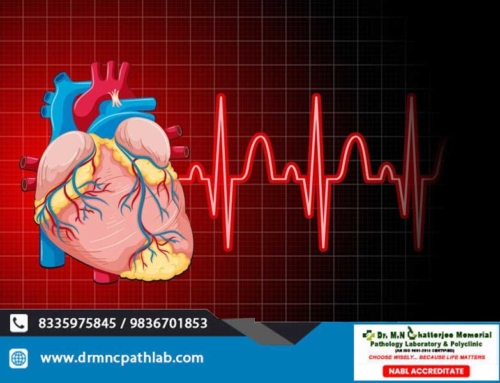There are a large number of pathological tests that are done by people on the instructions of doctors. Here we will discuss 6 most common pathological tests and the health conditions that are measured by them.
-
Liver Function Tests
A group of blood tests measuring some enzymes, proteins and substances that are produced or excreted by the liver are known as the liver function tests. Liver functions can affect the amount of these substances in the blood. These tests, when performed together, can provide a starting place for any further diagnostic testing. They can also give the doctor a snapshot of the health of the liver. The liver can get damaged due to many diseases, infection and lifestyle factors. Pathology is the key to early diagnosis and effective treatment as liver damage may be present before symptoms appear.
-
Full Blood Examination
Important information about the numbers and correct development of cells in the blood including red blood cells that carry oxygen, white blood cells that fight oxygen and platelets that help blood to clot, is provided by the full blood examination (FBE), also known as the full blood count (FBC) blood test or complete blood count (CBC). The doctors can know a lot about a range of important conditions including some nutritional factors, medications and occasionally, exposure to toxic substances from abnormalities in any of the information. Anaemia, infections, some blood cancers such as leukaemias and some inherited conditions can cause abnormalities in the FBE blood test which is done in any pathology lab such as one in Uttarpara.
-
Iron Studies
If your doctor suspects that you have too little or too much iron in your system, an iron studies test, which is a pathology test, is performed. In the formation of adequate red blood cells that carry oxygen throughout the body, iron is needed. Anaemia, in which there are not enough red blood cells in the body leading to fatigue and energy loss, is caused due to low iron levels. Poor dietary intake, poor absorption or excessive loss of iron through bleeding is reflected by iron deficiency. As iron deficiency may indicate important underlying disease, it is vitally important to find the cause of it. The risk of many serious conditions including liver disease, heart failure, arthritis and diabetes can increase if there is too much iron in your blood, known as haemochromatosis or iron overload. Until tissue damage starts to occur, there are no symptoms of iron overload. If early diagnosis is done, this damage can be prevented.
-
TSH (Thyroid Stimulating Hormone) Quantification
To screen, diagnose and monitor treatment for thyroid disorders such as hypothyroidism (not enough thyroid hormone) or hyperthyroidism (too much thyroid hormone), this blood test is done as part of the thyroid function test. As a result of tumours, pregnancy, infections and sometimes medications, these disorders can occur or can also occur spontaneously. The amount of thyroid-stimulating hormone (TSH) in your blood is measured by this test. The pituitary gland produces TSH, which tells the thyroid gland to start making hormones. This system gets unbalanced in patients with a thyroid or pituitary disease.
-
Urinalysis
To look for some metabolic disorders (such as diabetes) and kidney disorders, a urinalysis is performed on a sample of urine. Doctors can refer patients for urinalysis in a number of conditions. Testing for urine protein, for example during pregnancy, red cells for example with kidney disease and also markers of infections of the urinary tract are some common tests done as part of a urinalysis.
-
INR (International Normalized Ratio)
To check how well the clot-preventing medication, warfarin, is working, this pathology test is done in a diagnostic centre. This test can also be done in Hooghly. This medication is needed by people with heart conditions, such as an irregular heartbeat, or after replacement of a heart valve, to prevent stroke. To treat a current clot or reduce the risk of developing a clot in legs or lungs during periods of risk such as surgery, other people may use warfarin. The duration taken by someone on warfarin to convert one protein (prothrombin) to another (thrombin) compared to someone not on this drug is measured by this test. For clot formation, this chemical reaction is vital. To monitor the effectiveness of warfarin, and to allow the doctor to adjust the dosage levels accordingly, patients on this drug need to do this test regularly. Diet, medications and changes in general health may affect the levels. The risk of spontaneous bleeding may increase by high levels, though these may produce no symptoms.






